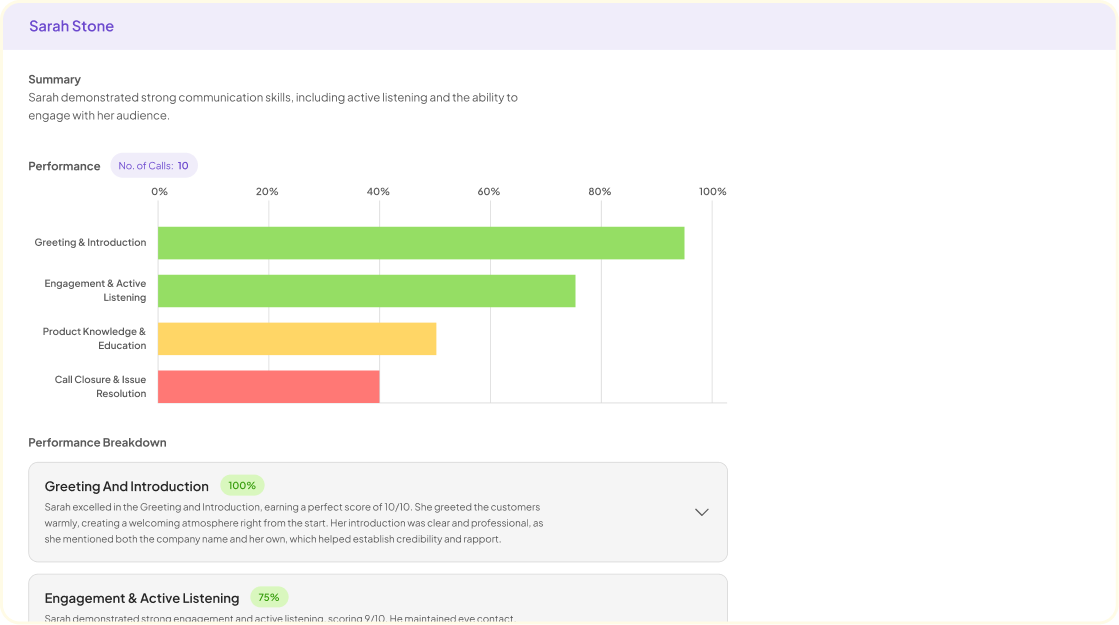Creating a process design diagram is essential for visualizing workflows within any organization. A well-structured diagram not only clarifies the steps involved but also highlights areas for improvement. As teams strive for efficiency, understanding these visual tools can streamline communication and align objectives.
In this Workflow Visualization Guide, we will explore how process design diagrams can enhance your operational clarity. By breaking down complex processes into easily digestible components, you can identify bottlenecks and optimize performance. The insights gained from these diagrams will ultimately contribute to better decision-making and a smoother project flow.
Essential Tools for an Effective Workflow Visualization Guide
When embarking on your workflow visualization journey, it’s essential to utilize the right tools to enhance clarity and effectiveness. A robust Workflow Visualization Guide will not only support process design diagrams but also streamline collaboration among team members. Selecting user-friendly diagramming tools facilitates the creation of clear visual representations of processes, ensuring that everyone involved can easily understand the workflow.
Consider incorporating software that offers customizable templates, drag-and-drop functionality, and real-time collaboration features. These options can significantly enhance productivity and reduce the time spent on creating diagrams. Additionally, tools that support integration with project management software can further simplify tracking progress and managing tasks. By prioritizing the right tools, you set the foundation for effective communication and informed decision-making within your team.
Software Selection for Creating Robust Process Design Diagrams
Selecting the right software for crafting robust process design diagrams is crucial for effective workflow visualization. Consider factors such as functionality, user-friendliness, and integration capabilities with existing tools. Software options vary widely, with some offering advanced features like real-time collaboration and automation capabilities. These functionalities can significantly enhance efficiency and clarity in process mapping, making it easier for teams to communicate and innovate.
In exploring these options, prioritize platforms that promote accessibility for all users. A tool should not necessitate extensive training to use; rather, it should empower team members to contribute regardless of their technical background. Look for features such as customizable templates and drag-and-drop interfaces, which simplify diagram creation. Additionally, consider software that provides robust support and resources to help users maximize their experience. Ultimately, the right choice will not only improve your diagram quality but also facilitate better decision-making across your organization.
Utilizing Templates to Streamline Workflow Visualization
Templates are invaluable for streamlining workflow visualization. They provide a structured format that can help teams effectively communicate processes. By utilizing these templates, users can easily customize elements to fit their specific needs, thereby enhancing clarity within their projects. This approach not only speeds up the design process but also ensures that all team members are aligned on objectives and tasks.
Moreover, templates can serve as a starting point for new projects, saving time and resources. When incorporating these tools into your workflow, consider the essential components required for effective process design. Establish a clear flow, define roles, and specify key actions within your diagram. This comprehensive approach allows for better insights and understanding of your processes, ultimately serving as a practical Workflow Visualization Guide to drive efficiency and productivity in your work.
Workflow Visualization Guide: Best Practices and Tips
A Workflow Visualization Guide is crucial for developing clear and effective process design diagrams. To create informative visuals, it's essential to focus on several best practices. First, ensure clarity by utilizing standardized symbols and terminology, which helps in communicating complex processes easily. Second, keep the diagrams organized by maintaining a logical flow. Utilizing directional cues can significantly enhance the viewer's understanding of the workflow.
Additionally, involving key stakeholders during the design phase can provide invaluable insights, reflecting diverse perspectives within the process. Regularly revisiting and updating the diagram based on stakeholder feedback ensures relevance and accuracy over time. Lastly, testing the diagram with a sample user can help expose misunderstandings or inefficiencies before finalizing. By following these tips, both newcomers and experienced practitioners can effectively visualize workflows, leading to better process optimization and collaboration across teams.
Tips for Clear and Concise Process Representation
When creating effective process design diagrams, clarity and conciseness are crucial. A well-structured representation allows stakeholders to quickly grasp the flow without confusion. Begin by defining key components of the workflow to provide a clear overview. Simplicity should guide your decisions about colors, shapes, and labels. This enables easy understanding, especially for those unfamiliar with the process.
Next, ensure logical sequencing of steps to enhance flow visualization. Use arrows and lines to illustrate direction and transitions, which can clarify complex relationships. Minimize jargon and use familiar terminology whenever possible. This approach not only aids comprehension but also fosters collaboration among team members. Finally, regularly revisit and refine your diagram as processes evolve. This keeps your workflow visualization guide relevant and valuable for all involved.
Leveraging Feedback for Continuous Improvement
Collecting and utilizing feedback is essential for fostering ongoing improvement in any process design framework. By integrating insights from user experiences, teams can refine their workflows and enhance service quality. Employee and customer feedback should be gathered consistently, serving as a crucial tool in identifying areas that require optimization. This two-way communication not only promotes accountability but also fosters a culture of continuous progress.
To effectively harness feedback, consider these practices: 1) Establish a structured feedback mechanism that encourages input from all stakeholders. 2) Analyze the gathered data to identify recurring themes and pain points. 3) Implement necessary changes based on the insights and communicate these adjustments transparently. 4) Monitor the impact of changes over time, adjusting as needed. 5) Regularly revisit the feedback cycle to ensure adaptability and responsiveness. By creating a systematic approach to feedback, organizations can significantly improve their process design outcomes and overall effectiveness.
Conclusion: Bringing It All Together with a Workflow Visualization Guide
Incorporating a Workflow Visualization Guide is essential for effective process design. This guide serves as a comprehensive tool that unifies all components, enabling a clear understanding of how different elements interconnect. By highlighting the flow of activities, users can identify inefficiencies and areas for improvement within their workflows.
Moreover, the visualization aids in fostering communication among team members, allowing everyone to grasp the overall picture at a glance. This collaborative approach enhances problem-solving efforts and boosts operational efficiency. Ultimately, a well-structured Workflow Visualization Guide empowers organizations to design processes that are not only efficient but also adaptable to changing needs.


